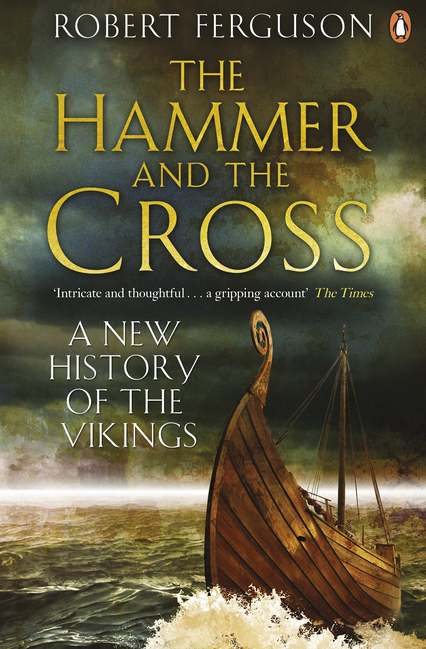 I heard an interesting interview with Robert Ferguson on the New York Times Books podcast at the weekend in which he talked about his new book on Scandinavia (“an engaging, layered look into a culture,” New York Times).
I heard an interesting interview with Robert Ferguson on the New York Times Books podcast at the weekend in which he talked about his new book on Scandinavia (“an engaging, layered look into a culture,” New York Times).
In his conversation with Pamela Paul, Robert described how, having completed his big history of the Viking era, The Hammer and the Cross, he felt he could not write about the later centuries of Scandinavian history in a similar level of detail.
Thus he hit upon using micro-histories as “stepping stones through history” – this idea resonated with me, as I hope The Hedgehog and the Fox will cover subjects both large and (on the face of it) small, but that the latter may sometimes shed interesting light on bigger questions. Or, to borrow Robert’s metaphor, provide useful stepping-stones.
Hearing the NYT interview reminded me that I did an interview with Robert when The Hammer and the Cross came out. I listened again to that interview this morning on the dog walk and thought I’d repost it here.
In the interview, Robert told me:
“One of the most important reasons for the outbreak of the age [of Viking raids and conquests] was acts of cultural self-defence. Almost – it is anachronistic – but almost terrorism. They couldn’t defeat the might of the [Christianizing] Frankish empire on the battlefield, so they resorted, as many a small culture will do when it’s under cultural threat, to terrorist-like activities, violent manifestations on frankly soft targets, monasteries and so on.
“And of course there was money to be had and things to be stolen as well, but there was no need to burn these places down and kill the unarmed monks, so I think that you have to look for some explanation as to why there was an almost psychopathic edge of hatred to this. It wasn’t simple robbery…”
